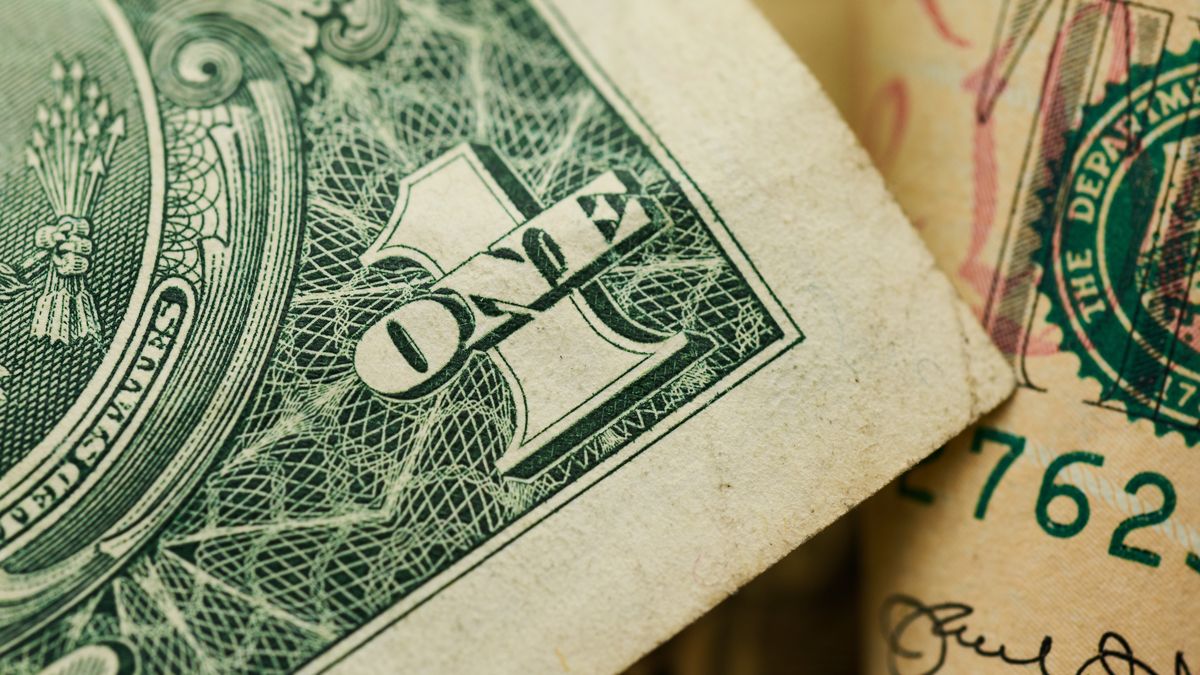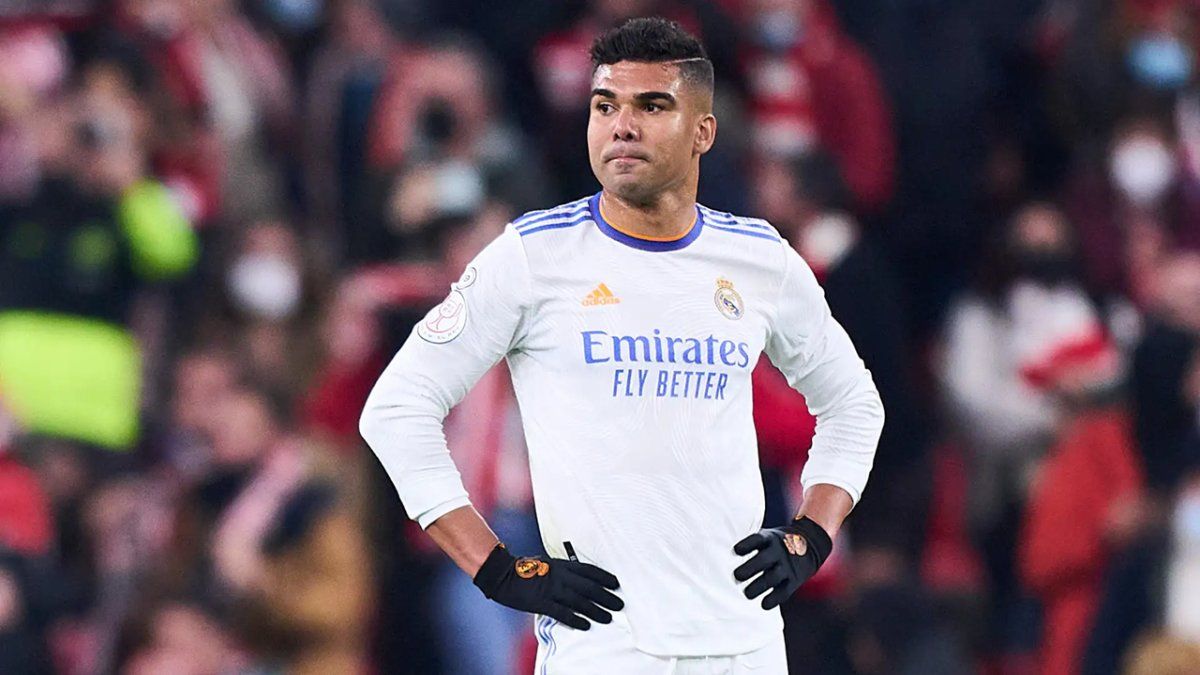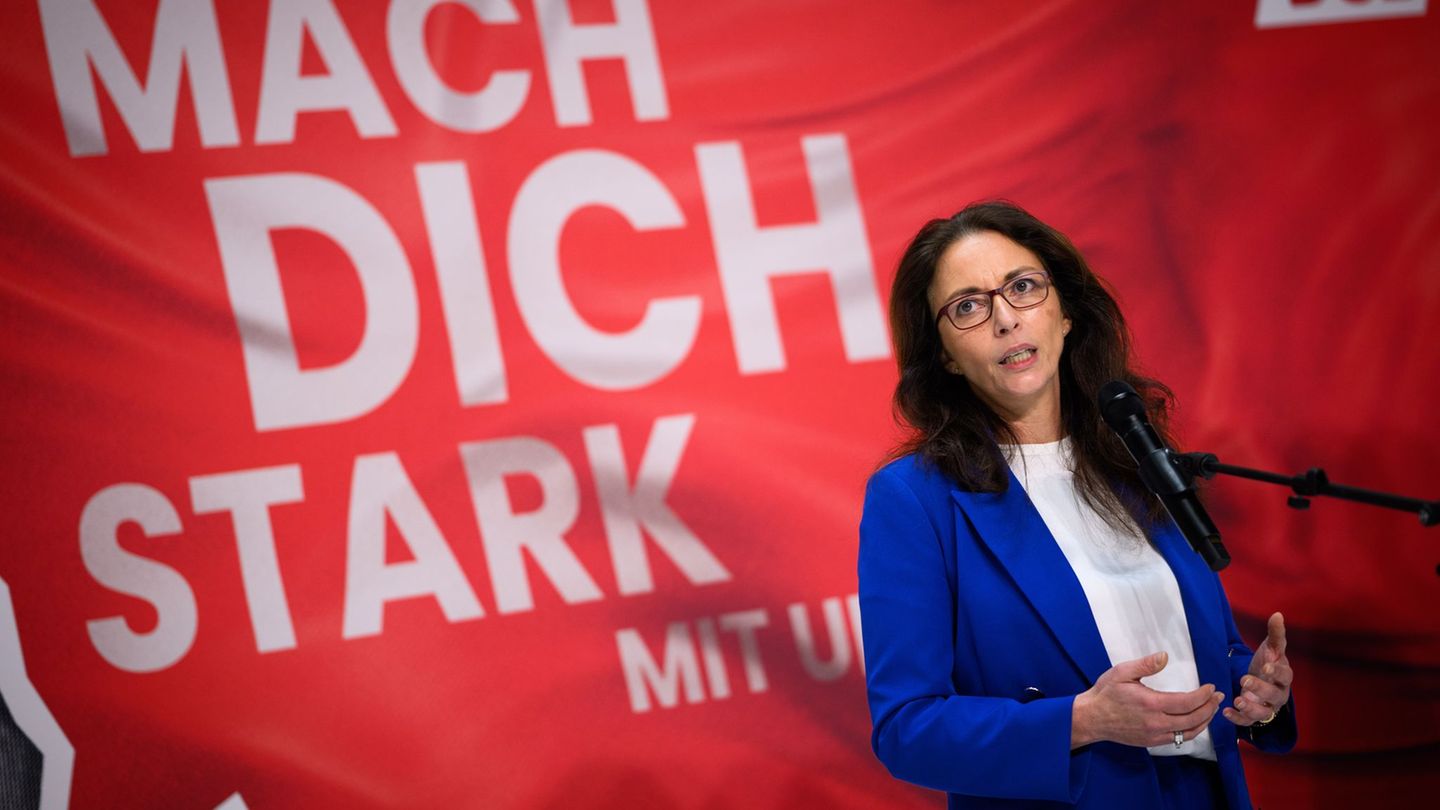The tension in the market had eased somewhat after last week’s successful debt auction. The blue dollar that had shot up and the financial dollars slowed down their climb and even had a slight setback.
The strong rises had occurred after the Central Bank ordered measures with more controls on imports to stop the exit of dollars from the country.
“There are not many options for what you can do: with few reserves, a serious fiscal problem, lack of financing, high inflation, a high gap, the measures you take are going to be traumatic. If you want to go on the expansion side and stimulate activity, you collide with inflation, but if you correct balances, you also collide with devaluation and inflation,” said Miguel Kiguel.
Fernando Marull, director of the FMyA consulting firm, said that Guzmán’s resignation has to do with pressure from Cristina and that it means another setback on the part of Alberto Fernández. “Forward – he added – there are two possible paths. If the successor is rather pro-market, it is possible that the markets (dollar and bonds) will not react so hard. If what comes is a minister linked to the Patria Institute, the scenario is much worse”.
For Diana Mondino “there are very difficult months,” she recommended buying dollars and “fastening your belts.”
The economist Ricardo Delgado, from the Analytica consulting firm, pointed out that the first point to be resolved by the minister who succeeds Martín Guzmán will be to achieve an internal organization of the government coalition. “Because nothing is going to change if whoever assumes it does not previously manage to put together all the pieces and scraps. Later, whoever comes will have to ride on the agreement with the IMF and give a new signal, a more creative tool to reverse expectations.”
According to the analyst, “the next semester is very complex and if the agreement is not fulfilled or defaulted, the political and economic situation will be worse because measures must be taken now,” he said. “There are no margins in the peso market and of dollars to make radical changes.
What’s going to happen with the dollar?
The financial dollar This Friday it stopped its strong upward escalation of the last four days, although it maintained a gap of more than 100% with the official segment, after soaring 20% in June, due to the disarmament of CER bonds and the tightening of the exchange rate.
The dollar “counted with liquid” (CCL) -operated with the Global 2030 bond- it fell this Friday 0.2% to $252.22from its historical nominal record. Thus, the gap with the wholesale exchange rate reached 101.1%.
Meanwhile, the MEP dollar -also valued with the Global 2030- it yielded 0.7% to $247.90. Consequently, the spread with the official exchange rate reached 97.6%.
After the major exchange controls of the Central Bank decreed last Monday, the Financial exchange rates accumulated a rise of about $15 (+6.5%) in the week.
The limits on imports that the BCRA imposed this week, in an attempt to combat the shortage of foreign exchange, will generate an acceleration of inflation and a fall in the level of activitymaintained market analysts.
“A very complex week is coming to an end, with more and more official intervention in the face of a not-so-encouraging outlook, because investors fear more measures that will reduce liquidity under the threat of losing more reserves and that inflation will reach three digits,” explained a financial analyst.
Despite the fact that the board of the International Monetary Fund (IMF) approved the first review of the agreement with the country for a debt of 44,000 million dollars, doubts remain about the fulfillment of the next quarterly goals that include reinforcing the reserves of the BCRA, reduce the fiscal deficit, lower inflation and cut subsidies.
official dollar
The dollar today -without taxes- rose 25 cents to $130.69 for saleaccording to the average in the main entities of the financial system, while at Banco Nación the note increased 25 cents to $130.25 for sale.
Thus, the savings dollar or solidarity dollar -which includes 30% of the COUNTRY tax and 35% deductible of Earnings- it rose 41 cents on average to $215.64.
Meanwhile, the wholesale dollar rose 22 cents to $125.45, through the usual regulation of the BCRA, an entity that had to sell about 190 million dollars this Friday, to accumulate some 1,300 million in the week, after expanding its intervention with some 1,800 million dollars in the first half.
“There is fear of devaluing the official, which is essential to close an unbearable gap that stimulates the national sport of taking dollars from the BCRA,” they said from Cohen.
The monetary authority announced that as of next week, purchases made abroad by postal mail cannot be financed in installments either, in another decision with the idea of safeguarding its reserves.
Dolar blue
The blue dollar increased $1 this Friday to $239, after posting its first drop in two weeksaccording to a survey by Ámbito in the Black Market of Currencies.
The parallel dollar thus accumulated an advance of $13 in the week, the most important for this period in a year, in a market that maintains exchange rate tension, and that led many cueveros to postpone operations due to price volatility.
Thus, the exchange gap between the informal dollar and the wholesale official exchange rate was 90.5%.
In June, the blue dollar rose $31, which represents its biggest monthly advance in the year, after ending May at $207.
So far this year, the informal dollar has advanced $30, after closing 2021 at $208.
Source: Ambito
David William is a talented author who has made a name for himself in the world of writing. He is a professional author who writes on a wide range of topics, from general interest to opinion news. David is currently working as a writer at 24 hours worlds where he brings his unique perspective and in-depth research to his articles, making them both informative and engaging.




